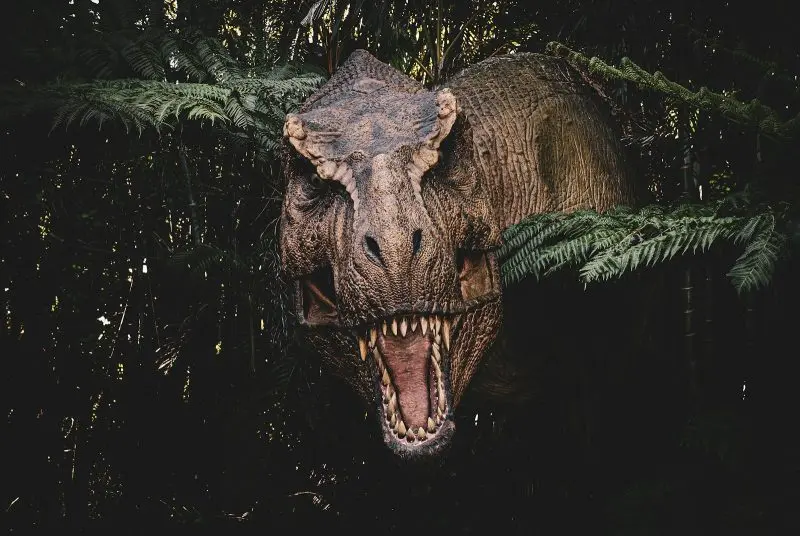
The digital biology company Organoid Company (Netherlands) in collaboration with the laboratory Lab-Grown Leather Ltd (UK) and the creative agency VML (USA) has announced plans to create Tyrannosaurus rex skin based on its DNA The team has already developed the necessary technology.
It is based on one of the previous studies during which paleontologists extracted a fragment of collagen from a Tyrannosaurus fossil, the remains of which were found in 1988 in Montana. At the time of discovery, it was one of the most complete specimens, in which even blood proteins were preserved.
Researchers will now use this fragment to artificially recreate a full-sized sequence of T-rex collagen. Once they confirm that it is genetically similar to the original, scientists will incorporate it into lab-grown skin cells. This template can then be grown to the required size. The resulting eco-friendly material will later be used for production purposes, such as making clothing and accessories.
According to the team’s announcement, its members will combine “creative innovations, genomic engineering, and advanced tissue engineering to begin the production of eco-friendly luxury materials from prehistoric species.”
Thomas Mitchell, CEO of Organoid Company, noted: “This project is a great example of how we can use advanced achievements in gene and protein engineering to create new materials. By reconstructing and optimizing ancient protein sequences, we can develop Tyrannosaurus skin – a biomaterial inspired by prehistoric biology.”
Bas Korsten, the creative director of VML, added that by recreating the skin of the T. Rex, the team is using “the biology of the past to create luxurious materials for the future.”
Scientists have also stated that the ecological and ethical implications of their project are significant. Traditional leather production is associated with extensive deforestation, and harmful chemicals used in tanning processes pollute the environment. Meanwhile, the latest technology for recreating Tyrannosaurus Rex skin offers the opportunity to significantly reduce negative environmental impact while also addressing issues of animal cruelty. animals associated with traditional leather production.
Initial production developments will focus on accessories. By the end of 2025, researchers plan to launch a flagship commercial product – a “luxury fashion item.”
The team promised that after the experimental developments are completed, it will be possible to use T. Rex skin beyond fashion, for example, in the automotive industry.
“The material is fully biodegradable while maintaining the strength and repairability of traditional leather, offering a sustainable, cruelty-free alternative for future generations of consumers who value both innovation and environmental responsibility,” the team stated.
Professor Che Connon from Lab-Grown Leather noted, “This project showcases the potential of cellular technology to create materials that are both innovative and ethically safe.”
Who is T-rex?
Tyrannosaurus Rex (or tyrant lizard king) is a species of bird-like dinosaurs. dinosaurs -predators that lived 83-66 million years ago in the western part of present-day North America. This prehistoric animal reached 12 meters in length and four meters in height. Currently, scientists are aware of 50 fossil specimens of this species. The bite of T. Rex is considered one of the strongest in the animal kingdom.
